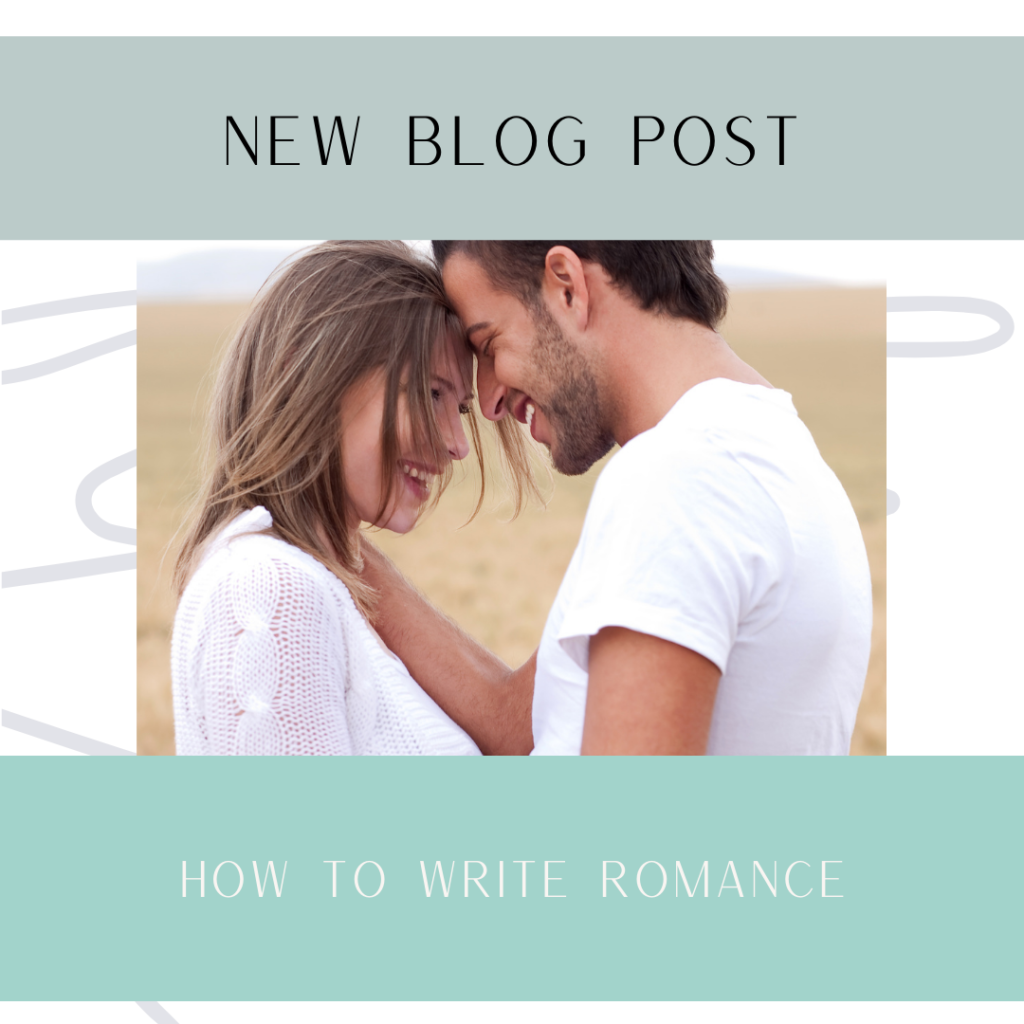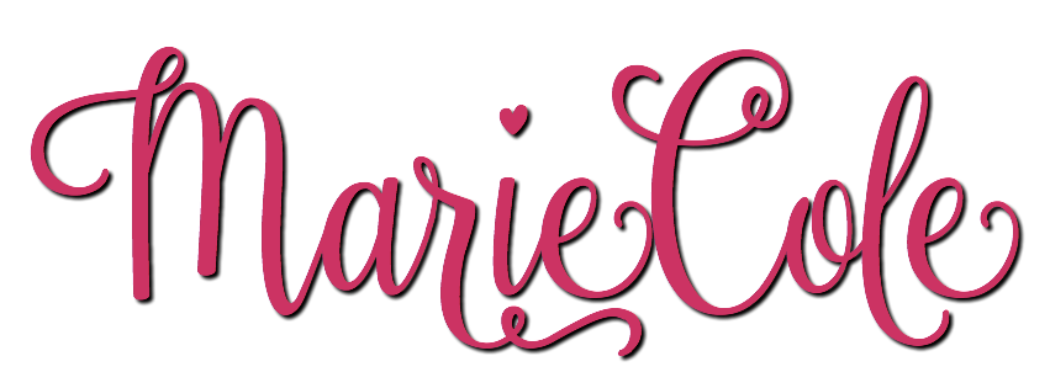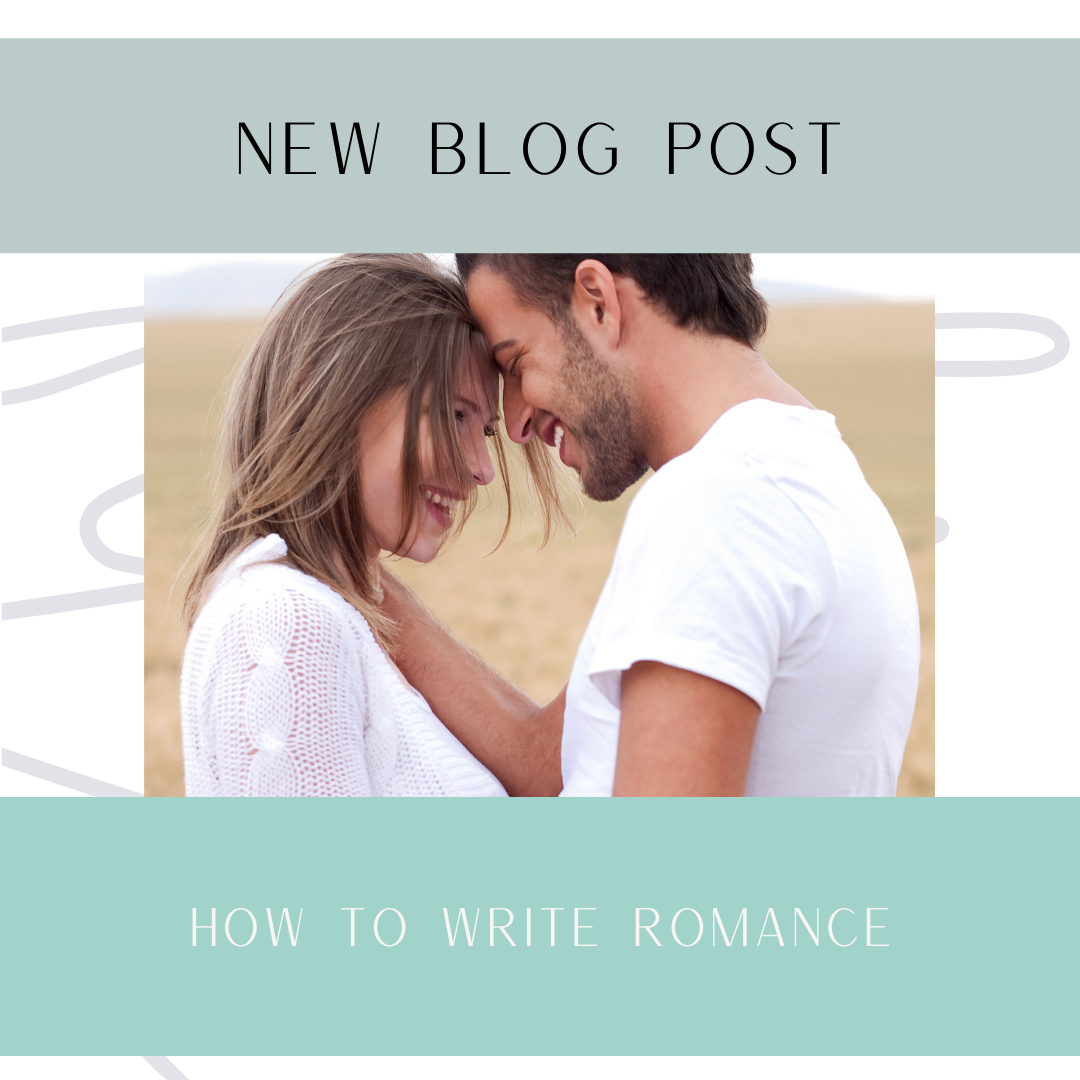Learning how to write your first romance novel is not as easy as one may think. Romance novels are some of the most popular fiction genres on the market, with readers of both genders eager to get their hands on the next book in their favorite series. With so many authors looking to become published, it can be difficult knowing where to start. But I’m going to provide you with a detailed how-to so you can start right here!

How To Write Romance
Identify your sub-genre
You’re going to need to identify the sub-genre of your book if you want to become a romance novel author. There are many different sub-genres of romance novels. Some titles are set in contemporary times, some are set in the past, some are set in the future, and some can be set anywhere.
Sub-Genres of Romance
- Contemporary
- Historical
- Sci-Fi
- Paranormal
- Erotic
- Sweet
- LGBTQ+
- Western
- Suspense
This list is far from comprehensive but what you must first decide is… what are you going to write? What kind of setting are you going to be writing in?
Once you find the setting you can begin to decide on what genre would best fit that setting.
Another way to figure out what sub-genre you want to write in is to look at what you often read or watch on TV. You are more likely to know how to write what you have already seen modeled to you many times before. For your first romance novel, choose something you are already familiar with.
If, however, you want to write fantasy but have never read one before then you should start there first. Read lots of fantasy, then try your hand at writing one. If you go into a genre and haven’t read one then you won’t know what the current reader expectations are and that is likely to make your book one that readers will harshly critique in their reader reviews.
Introducing the hero and heroine

After you have decided the sub-genre you want to write in, you need to decide who are going to be your characters.
Women are the star of every romance novel (with the exception of most of the LGBTQ+ category and/or when writing about aliens, because aliens aren’t classified as ‘women’, are they?) and you need to make sure you give her life.
Some things you want to consider for your female character are:
- What is her goal in life outside of falling in love?
- What are her hobbies?
- What is something uniquely her? (a phrase she uses, something she wears or carries around, etc)
- How would her partner make her life better?
The romantic lead also needs careful crafting. You need to consider many things in regards to him too. Princes are not perfect and neither should your romantic lead be. The problems and faults and quirks of the romantic lead are what constitute drama and drama is what is entertaining.
Obstacles to their love
After you’ve decided who is going to star in your book you’ll want to jot down a few ideas on how you’re going to keep them from falling in love. As you probably know from reading many romance novels as soon as two characters fall in love and they live happily ever after the story is complete! In order to keep the pages turning from your future reader you need to place obstacles in the couple’s way.
These obstacles can be things they face together or obstacles that they tackle separate from each other. For example if there is a serial killer who is on the loose and they are working together to take him down, that’s going to put a pause on the romance. Perhaps she is the one being stalked and they each want to ensure she doesn’t become the next victim but aren’t always working together on it, though they have the same goal. Maybe she thinks that he’ll be in danger if he tries to protect her and so she keeps secrets from him. Maybe…
Maybe is a great way to get ideas out about what could happen in your story.
The climax involving the obstacle
Now that you have established the obstacle you can brainstorm your climax. How does the conflict get resolved? Why can’t it just happen? I know it seems like you have no idea what the ending is going to be, but that’s far from the case. You may have only a rough idea of how the obstacle is going to get resolved but once you’ve got your idea, you’ll be more organized in the rest of your story.
Here is a really basic example of the obstacle and then how it is resolved. An obstacle: The couple is in love and want to get married, but the woman’s ex-boyfriend has stolen the ring. The hero gets the ring back and they are married.
The magic of writing a book is how you take those two sentences and craft it into something that is breathe life when it’s read.
You can’t just make a book. You have to be able to listen to the characters and their story. You have to open your ears, your heart, and your mind. And when you do, you will find that the book you were looking for is right there in front of you.
The resolution
This may seem like the easiest part of the romance novel – they get together in the end, but often this is the hardest part to write. Why? Because you’ve spent so much time with this couple and you want their ending to be special and meaningful. If you’re anything like me you want to make your reader cry happy tears that the journey is complete. So I suggest you take a few moments to think about the ending of your romance novel. Think about the obstacles, the resolution, the ending and the “why.” This could lead to a great ending for YOUR novel.
Tools for Writing Romance
There are a few basic things that you need when sitting down to write your romance.
Word Processor –
There are many available on the market and I suggest you use the one that you already have or that is already familiar to you. When I started writing in 2015 Scrivener was very popular for authors because you could use notecards and easily shift chapters and scenes around. Over the years I have moved from Scrivener to Ulysses and finally to just plain Google Docs because Google Docs makes it very easy to collaborate with beta readers and editors.
Books on How to Write Romance –
The books below are all available on Amazon and are ones that I personally have in my library and highly recommend for newer authors:
Motivation
Writing a book is not for the faint of heart. It’s probably not something you will be able to finish in a week despite what some authors, bloggers and books might tell you. Writing a book, especially your first book, can take weeks, months and sometimes even more than a year. My first book took more than two years from start to publication.
Keep your eye on the prize – writing a book! And don’t lose your motivation.
Support
This one kind of goes hand in hand with motivation. Sometimes you’re going to need some support in order to keep going with your writing journey. If you can’t get that support from someone at home then you have the whole of the internet to help you! There are lots of Facebook groups available to you as well as places like Nanowrimo.org where writers from all over the world come together to try to write 50,000 words in the month of November. They offer Camp NaNoWriMo during the year to help you stay sharp with your writing and it’s an excellent way to find other writer members in your community.
For Romance Authors specifically you can join Romance Writers of America and find a local chapter or an online chapter and get support there too. RWA is not just for published authors, but also for unpublished authors just like you!
Editing

There are four types of editing that are frequently used to improve the quality of books. First, developmental editing is when the editor does a birds eye critique of your manuscript. What is missing from your book? Were the characters fully developed? Did you drop a plot line somewhere? After that comes the line editing which is the process of reviewing the manuscript for errors in grammar, spelling, punctuation, word usage, consistency, and style. Second, copy editing reviews spelling and grammar with a focus on the mechanics of language. Third, proofreading reviews typographical errors and inconsistencies in layout. The last three can usually be done together for a discounted fee.
Professional Editing: What to look for in an editor
I have had a handful of editors in my writing career and the ones I’ve liked the most are the ones who thoroughly look over my story, have a good understanding of where I want my story to go, are timely in getting their work back to me, and are great communicators.
One thing you might not know is that editors will usually do a free sample of their editing skills prior to you booking their services completely. This is a great opportunity to see what an editor can do, what kind of feedback they offer and how quickly they’re able to turn their work around.
Publishing
After editing your work you’ll move on to publishing. Publishing can mean trying to get it in the hands of a traditional publisher (think Harlequin) or self-publishing. If you are going into the realm of self-publishing there are two schools of thought: Kindle Unlimited Exclusive or Wide.
I personally have had most of my royalties come from Amazon but I know other authors, especially the big name ones, who do not limit themselves exclusively to Amazon’s platform.
If you want to selfpublish on Amazon only you should register on kdp.amazon.com
And if you want to publish wide (ibook, Barnes and Noble, etc) then you should register on draft2digital.com. They are a one-stop shop for all things digital publishing and can even do audio and print books.
I hope you found this article helpful!

